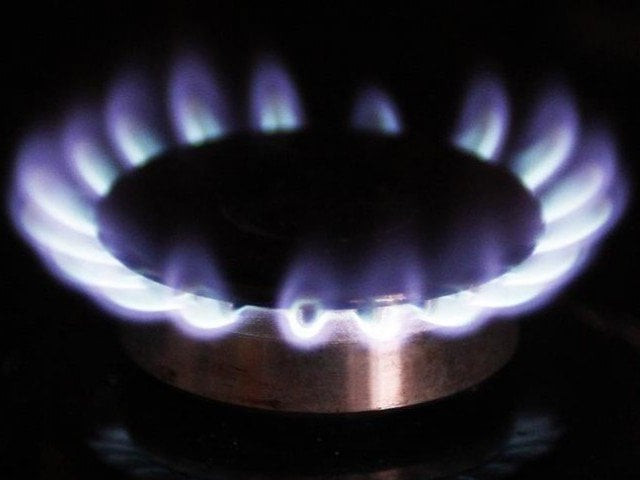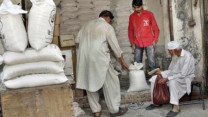No gas load-shedding during winter, ECC decides
The committee allows to inject around 160 mmcfd per day re-gasified LNG volumes in the SNGPL systems

The committee allows to inject around 160 mmcfd per day re-gasified LNG volumes in the SNGPL systems. PHOTO: REUTERS
The committee allowed to inject around 160 mmcfd per day re-gasified LNG volumes in the SNGPL systems for consumption by the domestic and commercial users.
The difference, however, between indigenous gas and imported expensive LNG is expected to be borne by consumers of other sectors.
The SNGPL estimates that one million British thermal units (mmbtu) of re-gasified LNG are expensive by Rs35.63, compared to the cost of indigenous gas.
The available indigenous gas meets merely 60% of the needs. Against the demand for over 6 billion cubic feet of gas per day (bcfd), the available indigenous gas stands at only 2.22 bcfd, the Petroleum Division informed the ECC.
Anticipating the repeat of the gas crisis in peak winter, the Petroleum Division had earlier come up with different proposals to cope with shortages, which would be presented to the ECC for approval.
Demand for winter wear rises as mercury dips
Officials told The Express Tribune that the Petroleum Division wanted the government to allow SNGPL to supply re-gasified LNG through its system to domestic and commercial consumers provided the Oil and Gas Regulatory Authority (Ogra) allowed the volume adjustment and financial impact on a cost neutral basis in line with the ECC decision taken on May 11, 2018.
The Petroleum Division was of the view that given the wide difference in the natural gas sale price for domestic consumption and the re-gasified LNG price, SNGPL may be provided direct subsidy based on actual re-gasified LNG consumption from December 2018 to February 2019. In the absence of the subsidy, SNGPL would manage the load of domestic and commercial consumers through varied pressure management tactics during off-peak hours.



















COMMENTS
Comments are moderated and generally will be posted if they are on-topic and not abusive.
For more information, please see our Comments FAQ